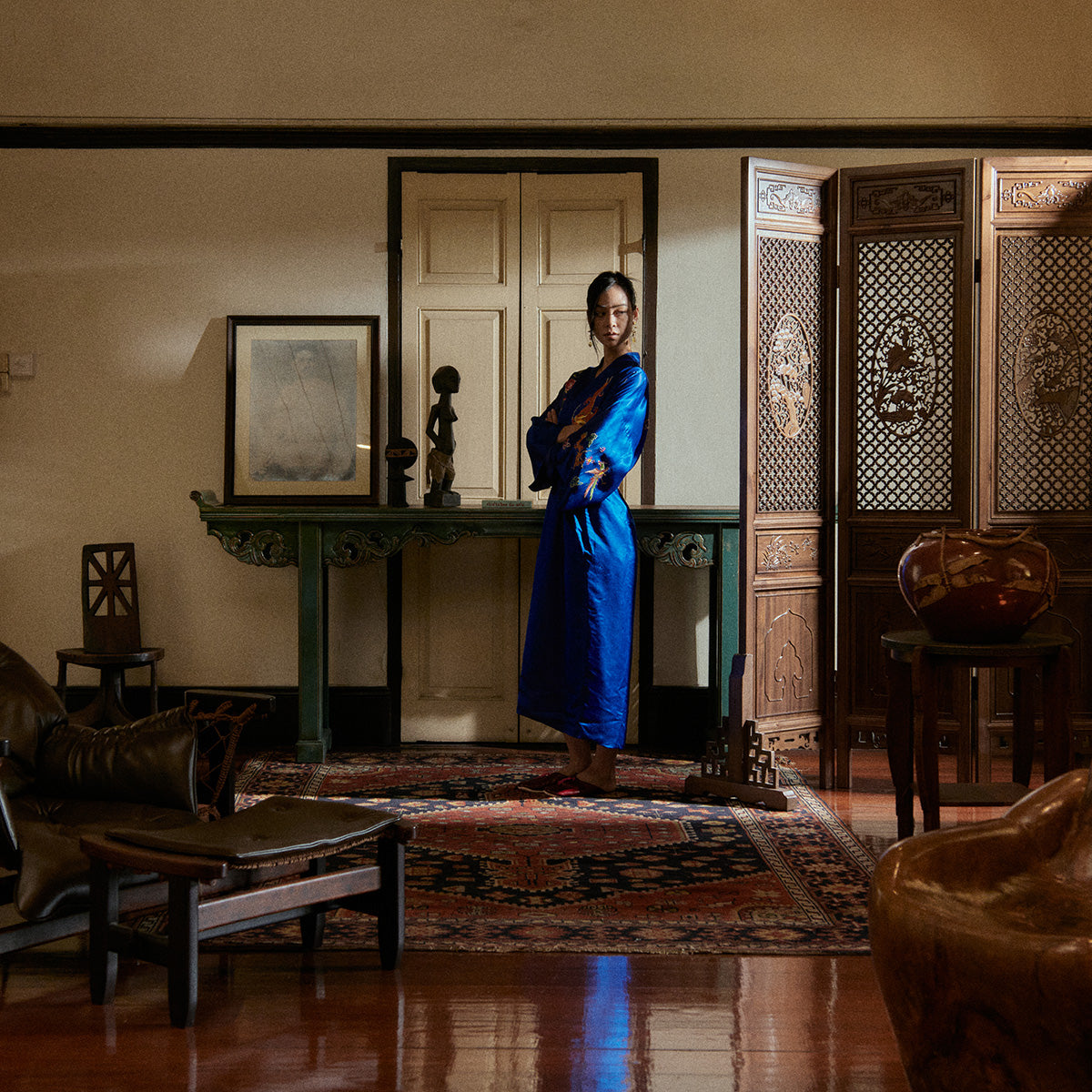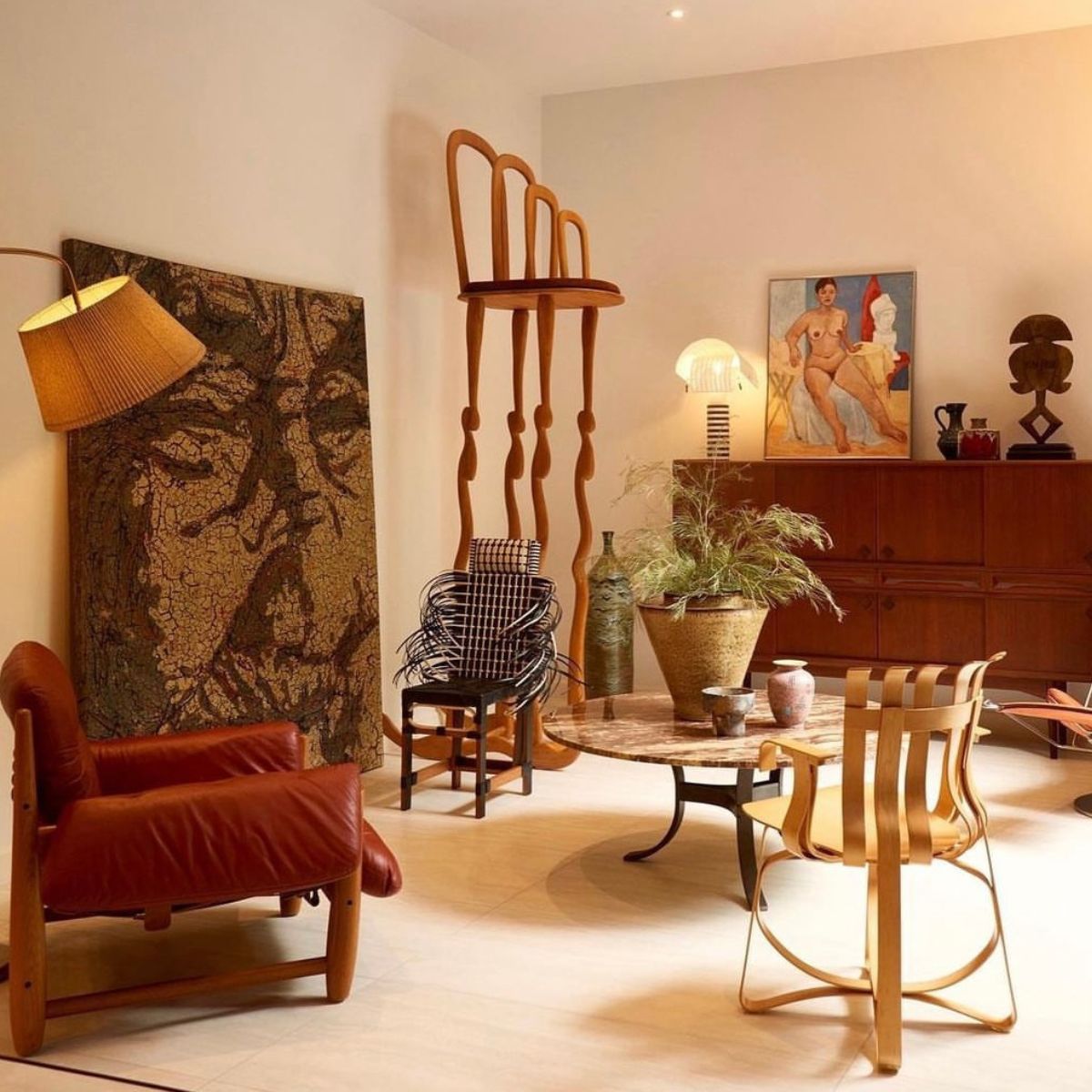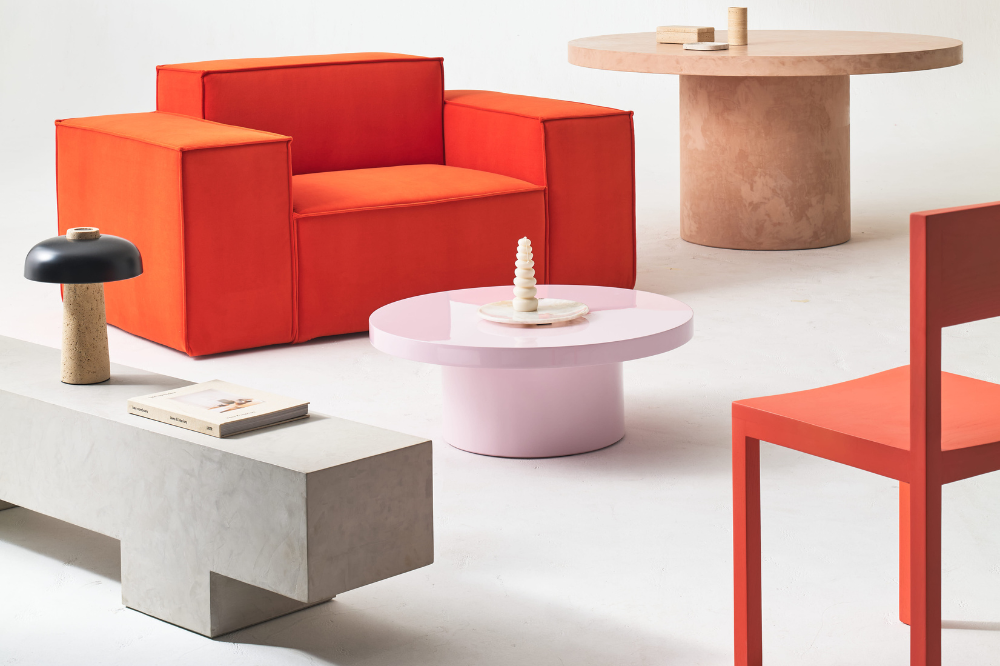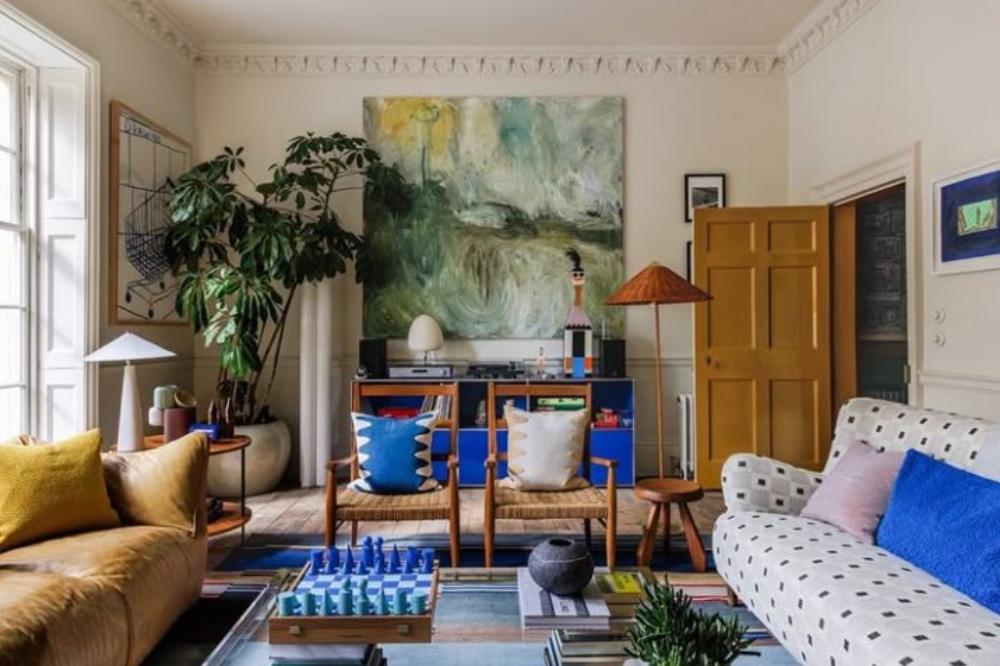There’s a popular notion attached to modern-day life, where many people see our world as often dictated by noise and complexity. Even amid this drastic cultural change, art remains a crucial tool used to either provide commentary on society or to provide an escape.
For SUNTUR, formally known as Yozanun Wutigonsombutkul or Ter, it’s the latter option. Many see the profound beauty in minimalism or simplicity, which itself can be as authoritative as the notion of complexity. Still, it's the kind of beauty that whispers to you, rather than shouting.
SUNTUR’s approach to art can be described as representing a new wave of Thai minimalism, although he’d likely disagree with that label. From a personal anecdote, Ter shared that he had always been inspired by minimalism, where he previously described himself as the odd one out of his peers in school due to his preference for pencil cases with a clean design, rather than littered with stickers or decals.
But ask Ter whether he thinks his work is minimal, and he’ll most likely say no. For him, the core philosophy is essential reduction, the idea of simplification. As Ter describes, it's the process of “picking out until only important things remain.”
A more appropriate term would be the anthropomorphic label of a “quiet person,” which he attached to his work, rather than championing the popular perception of loneliness. Similarly, this sense of simplicity is how SUNTUR tells a story, by inviting viewers to get creative and fill in the blanks themselves.
If there is one constant about art, it's subjectivity, and how artists etch the viewer’s perspective as part of the art itself. And for SUNTUR, this could only be done through an essential reduction in storytelling.

Art, but a different kind
SUNTUR’s story began in the world of advertising, where he found himself after graduating from Silapakorn University. Working as a copywriter and doing design work on the side, creative sketches were a big part of Ter’s vision. His inner artistic dialogue yearned to break free, even if he hadn’t recognised it as his true calling yet.
Now add in a touch of burnout from Ter’s day job, and an important decision was made. To pack his bags for New York. Ultimately, it was a leap of faith into the unknown, but it was also one where the window of opportunity was quickly running down.
"I felt that if I didn't go at that time, I'd never get the chance to," he recalls. Although Ter initially travelled as an opportunity to learn English, there’s no hiding from the fact that New York offered an opportunity that Thailand simply couldn’t match at the time. The opportunity to immerse himself in art from all over the world, whether it may be at galleries or exhibitions.
However, this experience also marked a point of conflict in Ter’s story. Surrounded by artworks from all over the globe in a city that never truly sleeps, there lies a sense of juxtaposition where Ter feels profoundly alone in a foreign environment. It is this crucial moment that marked the transition from Ter to SUNTUR.
What others interpreted as loneliness in his emerging works, Ter saw as calmness. Perhaps rooted in his preference for minimalism and simplification, which helped to refine his art down to its most essential elements. The vast negative spaces weren’t actually empty, they were breathing room for the soul, where audiences are able to embed themselves into the artwork.

Uncharted territory
The transition from two-dimensional artwork on canvas to three-dimensional living spaces represented an uncharted territory for SUNTUR, albeit made possible as a result of circumstances.
The timing was almost uncanny as when Vertier approached Ter for a collaborative project, as the Thai artist was in the process of designing his own home, striving to balance form and function in creating a living space that he could truly call his own.
The recurring theme of a deep personal connection was already present, and the collaboration only served as an additional avenue to extend his artistic philosophy, cementing it within the realm of his and the daily lives of many.
Naturally, the collaborative effort with Vertier, a renowned Thai luxury furniture brand, proved to be just as educational for Ter, joining Vertier’s technical expertise in furniture design with SUNTUR’s artistic vision and eye for beauty.
"Initially, when choosing materials, I opted for ones that look the most visually appealing," SUNTUR admits. "But the partnership taught me to balance visual appeal with usability."
And from the outside perspective, the partnership presented itself as a lesson in compromise that retains Ter’s vision, but without shying away from the practical needs of daily life.

The Conjunction Collection
The collaboration culminated in a project dubbed the “Conjunction Collection”, where the idea of “Conjunction” speaks to the connection of not just between each piece of furniture in the collection, but also the connection that the pieces form with the space and the people who live in that space.
Here, SUNTUR’s practice of essential reduction shines once more, this time through the usage of colours. Hints of orange and simple lines are plentiful, appearing as accents throughout the collection, paying homage to Ter’s artistic philosophy of maximum impact through minimal intervention.
Each piece in the collection was designed to be interdependent, whereas one piece may look out of place alone, but matches up once complemented with the entire set. Yet paradoxically, SUNTUR explained that buyers needn’t purchase the entire collection as each piece is designed to also enhance existing furniture, bringing in a sense of artistic cohesion and influencing buyers to be a proactive part of his designs once more.
From sofas to chairs, and cabinets, SUNTUR utilises materials such as fabric, wood, steel and cement to create an end product that possesses an innate sense of wrongness. But the perceived incompatibility, deliberate discord, is what makes art fun, emerging from the confidence to trust that beauty can emerge from unexpected combinations.
Ultimately, by partnering with Vertier and now Surround Living, the collaboration showcased the evolution of Thai design on a global stage as SUNTUR represented a newer movement of contemporary Thai artists who not only instil a deeper layer of connection and meaning into their work, but they also sought to tell a story, and influence their audiences to equally be active participants in that story.




